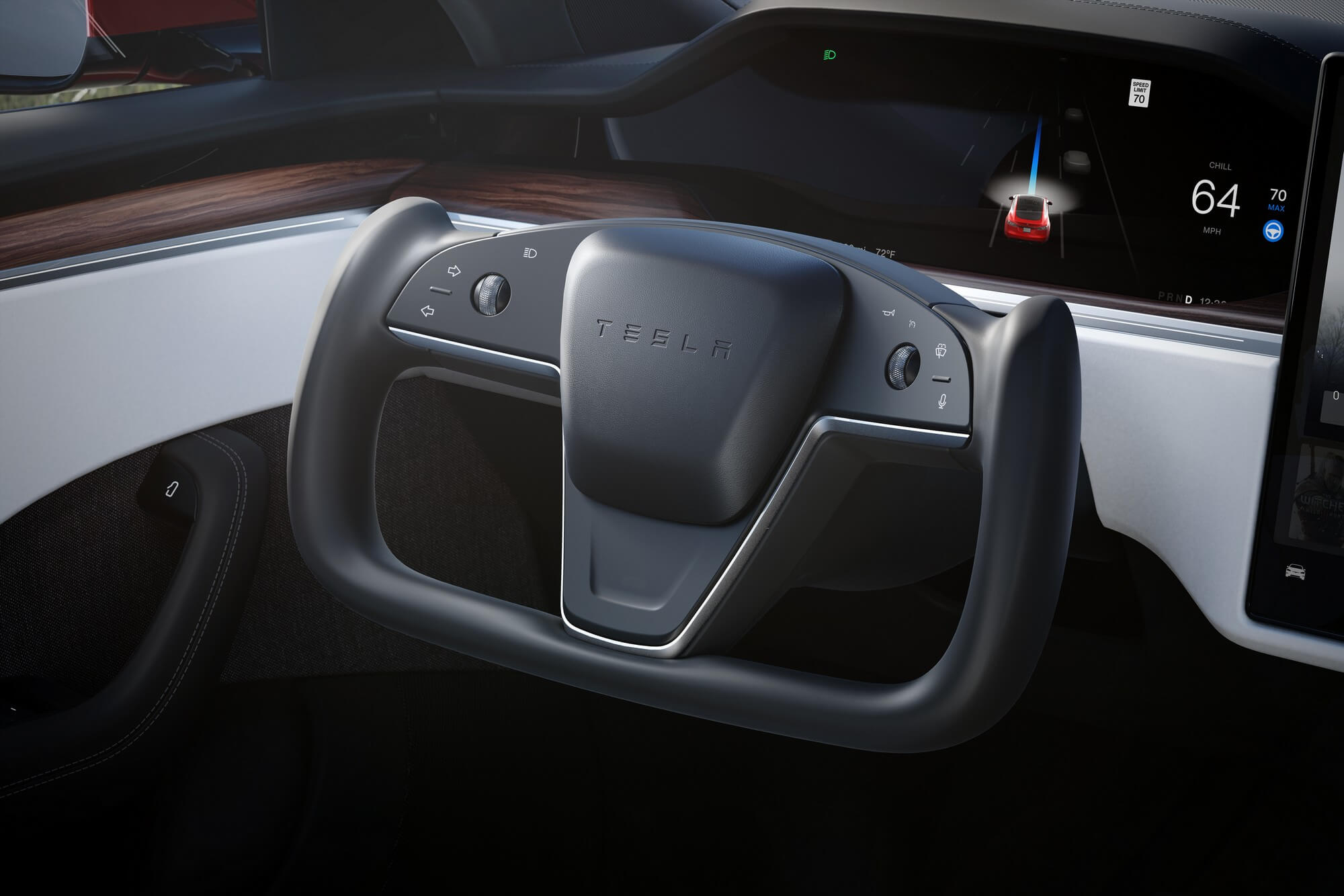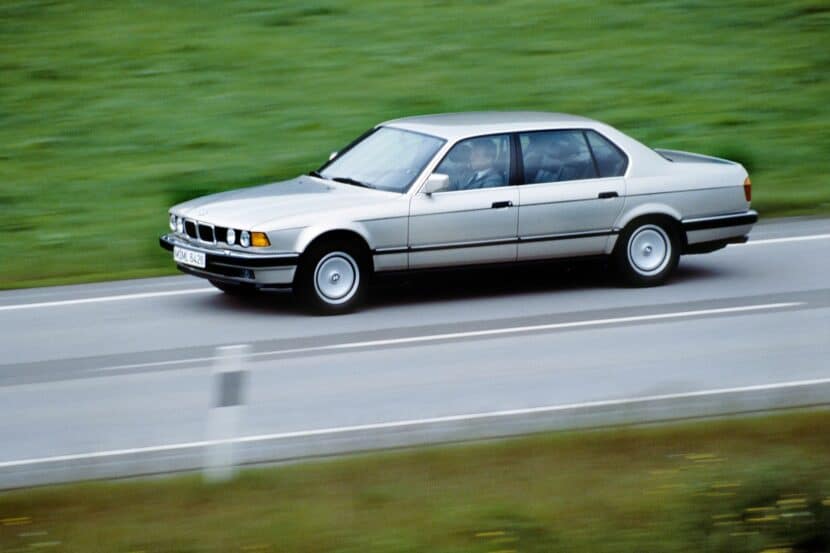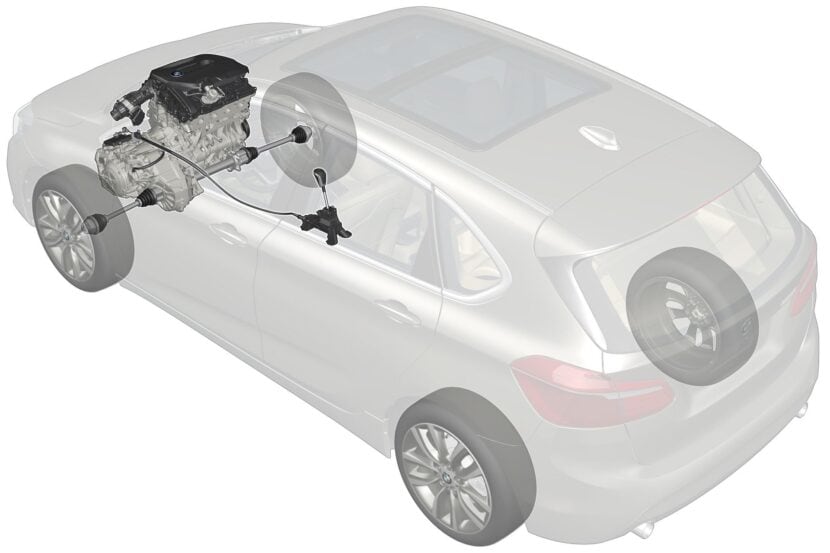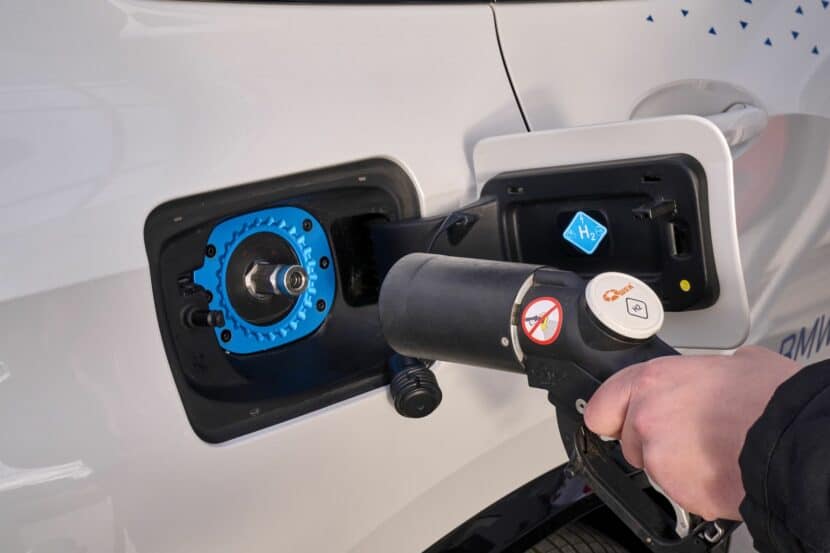With the recent launch of the Tesla Cybertruck, one of the big talking points was its steer-by-wire system, which doesn’t have a physical connection between the helm and the wheels. The Cybertruck is credited with being the first production vehicle that’s exclusively available with this completely electronic steering system.
It’s technically not the first production car with steer-by-wire, as that distinction goes to the Inifiniti Q50 sedan and Q60 coupe launched in 2017. They have a conventional steering rack as standard, but buyers could optionally equip them with what the manufacturer called Direct Adaptive Steering, or DAS, its version of a steer-by-wire system.

The Toyota bZ4X and its fancier brother, the Lexus RZ450e, both also come with a conventional steering rack as standard, but buyers can pay extra to get steer-by-wire instead. The advantages of steer-by-wire are multiple, and while it does take some getting used to, once you’ve tried it, there is a strong chance you will like it, and you will wonder why it took the industry so long to implement this in production vehicles.
BMW hasn’t announced when it plans to implement steer-by-wire in a production car. The first BMW with steer-by-wire was an M6 GT3, one of the cars that Rowe Racing raced in the DTM championship in 2021.
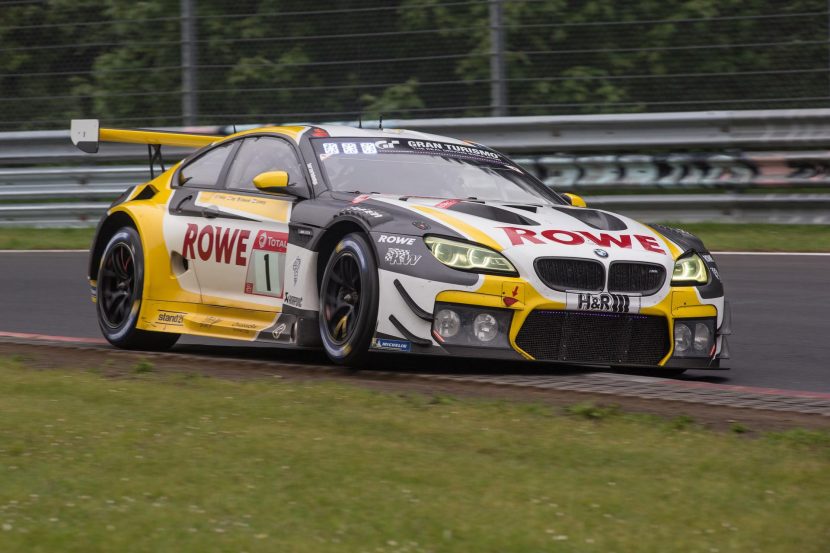
What Is Steer-By-Wire?
Steer-by-wire ditches the traditional steering rack for sensors, servos, and actuators. It relies on sensors to detect input through the steering wheel, and the information is then relayed completely electronically to a control unit. This is connected to an electric steering rack, which it tells exactly how much to turn the wheels and in which direction.
One big advantage of steer-by-wire is its ability to have an endlessly variable steering ratio, which constantly adjusts depending on speed, the selected driving mode, or other factors like road conditions. This means that the same amount of steering lock applied at low speeds will have much less impact on the car’s direction when driving faster, and the transition between low- and high-speed ratios is gradual and seamless.
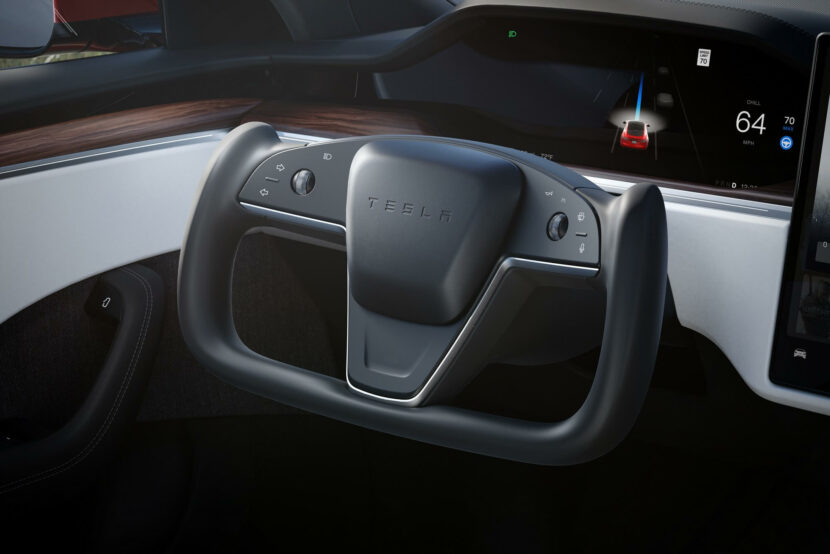
This will take some getting used to, but according to those who have already driven cars with steer-by-wire systems for longer, the learning curve is not steep, and applying less lock quickly becomes second nature.
In most steer-by-wire systems, the wheel will only turn about 180 degrees in each direction, so it requires much less arm twirling than a traditional steering rack and column setup to go from lock to lock. If it’s calibrated well, it also doesn’t seem to impact driving fun, at least if we judge by the slew of Tesla Cybertruck reviews that praise its steering.
Steer-by-wire also opens up the possibility of some new active safety features. It could, for instance, aid with new cars’ lane-keeping assist to slightly override your steering input to keep the car in the center of its lane, or it could help automatically compensate for crosswinds so that you wouldn’t have to do it yourself.
But while all of this sounds very positive, you probably still think it’s disconcerting to drive a vehicle whose steering wheel does little more than send signals to sensors. There is certainly psychological comfort in knowing your car’s vital controls have a physical connection to the thing they’re controlling.
What Is Throttle-By-Wire?
However, we’ve been using by-wire controls in production cars since the late 1980s, and the horror stories are rare. Take throttle-by-wire, first introduced in a BMW, the E32 7 Series, which debuted in 1986. While there have been some highly publicized unintended acceleration incidents, some of which had tragic consequences that led to lengthy legal proceedings, throttle-by-wire has brought countless benefits that outweighed the potential downsides.
Firstly, since it no longer required a throttle cable, manufacturers were able to eliminate parts and complexity, which resulted in more affordable products. Throttle-by-wire also made driving smoother, it allowed for different mapping of the throttle pedal (that could change at the touch of a button through driving modes), and it made the integration of cruise control much simpler, among other advantages.
What is Brake-By-Wire?
Throttle-by-wire is a system we’ve pretty much accepted, and it’s ubiquitous in modern cars. Brake-by-wire, however, is still not all that common, although there are production cars that have it. Mercedes-Benz was the first manufacturer to offer this system in a production car, the W211 E-Class, launched in 2001.
The system was called Sensatronic Brake Control (SBC), and it was introduced with the goal of offering a more consistent pedal feel and easier modulation thanks to the use of electronic control to regulate the hydraulic braking system. The manufacturer also said SBC was designed to lower stopping distances and even account for brake pad wear.
Mercedes also offered SBC in the W220 S-Class starting in 2001, but the system was eventually phased out, and until today, the automaker has stuck to a conventional braking system with a pedal directly linked to the braking system. It is worth noting, though, that elements of brake-by-wire have been implemented in electric and electrified vehicles’ regenerative braking systems, so while the tech did not take off in its original form, it still proved useful on a larger scale.
What’s Next For Steer-By-Wire?
So, where does this leave steer-by-wire? Will it be like throttle-by-wire and take over the industry within a few years, or will it be more like brake-by-wire and simply be a step in the evolution of another system? Well, given its many advantages, it looks set to become the mainstream solution in all new cars by the end of the decade, although with its widespread adoption will surely come problems.
We can’t say what these issues will be, but as with any new technology that finds adoption on a mass scale, the likelihood of something going wrong with it goes up dramatically. However, it seems to be a natural direction for the industry to go in, and with it being an integral part of the Tesla Cybertruck driving experience and a big talking point, its adoption will be accelerated.
[Photos: Tesla Inc, Toyota Motor Corp.]


